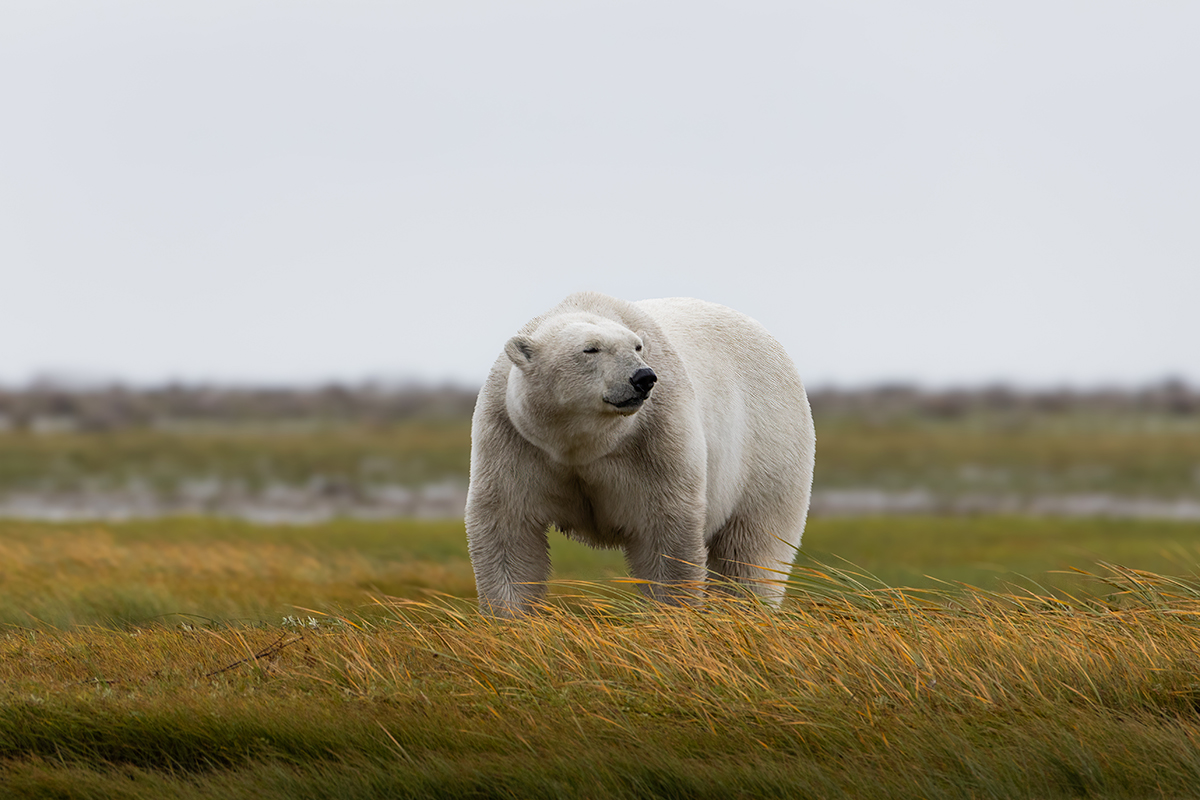A Meditation With Nature
Seth Macey’s Tamron lenses join him on his escape into the wild.
Share the article:
More Photo Tips | Video Gallery | Photo Gallery | Enewsletter sign-up
By Jenn Gidman
Images by Seth Macey
Ontario wildlife and landscape photographer Seth Macey is deeply passionate about portraying the wonders of nature, including by co-hosting the Photographer Mindset podcast, where he tries to inspire and support fellow photographers in their creative journeys. As for his own images, whether he’s photographing bears along Alberta’s Icefields Parkway, documenting wildfire smoke in the Rockies, or highlighting one of his favorite creatures, the common loon, in Jasper National Park, Seth has his Tamron lenses on hand, including the SP 24-70mm F/2.8 Di VC USD G2 high-speed zoom and SP 150-600mm Di VC USD G2 ultra-telephoto zoom, as well as the 150-500mm Di III VC VXD ultra-telephoto zoom and 28-75mm F/2.8 Di III VXD G2 zoom for his new Sony mirrorless camera system.
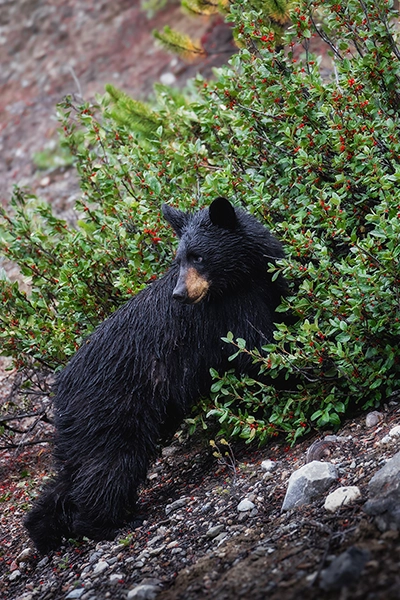
150-600mm (600mm), F6.3, 1/500 sec., ISO 2500
Click image to view larger
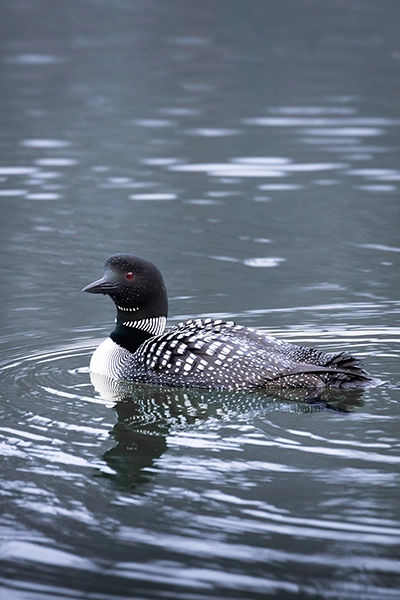
150-600mm (600mm), F6.3, 1/800 sec., ISO 4000
Click image to view larger
“The 150-600mm holds a special place in my heart, having performed so well in so many wildlife encounters,” Seth notes. “I love the VC on that lens and the 150-500mm VC, especially VC setting 2 when I need stability for panning shots capturing birds in flight, or animals running on a horizontal plane. I use VC setting 1 for general stabilization, and often use VC setting 3, which only engages when I have the shutter button half-pressed—that saves a ton of battery, which is critical when I’m deep in the field or in colder conditions. I also really like the Flex Zoom Lock feature on those two lenses, allowing me to lock in any focal length by sliding the focal length ring.”
As for the 24-70mm VC G2, Seth notes that lens is his favorite in midday light. “I’ve never liked the idea of being stuck to shooting landscapes during golden hour, especially if I’m abroad on assignment, where time is money,” he says. “I’ve found that 24-70mm VC G2 lens performs so well in midday light, even without a polarizer, and my images always come out sharp.”
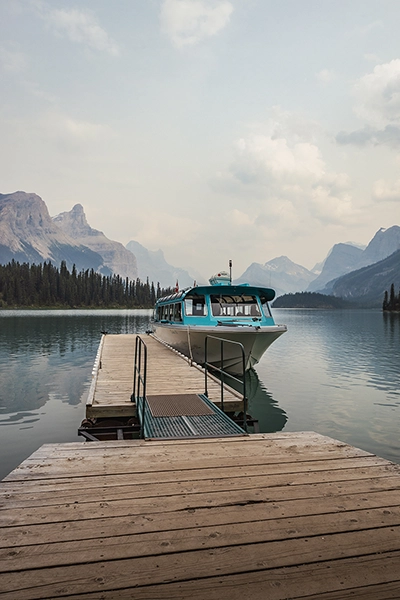
24-70mm (24mm), F8, 1/320 sec., ISO 100
Click image to view larger
For Seth, wildlife photography serves as a personal meditation, a solitary escape where he can exist in nature's tranquility. “It offers me moments to feel the wind on my skin, listen to chirping frogs, and participate in the often-nuanced experiences of the natural world,” he says. “I also live in a 320-square-foot tiny home. I derive great enjoyment from its minimalist nature and consider it a privilege to have access to nature and animals right outside my door.”
SETH’S QUICK TIPS
Pay attention to the season.
In the summer months, wildlife tends to be more active in the cooler evenings and mornings, when there's ample light without oppressive heat. Midday often finds them seeking refuge, conserving energy as the sun beats down. To seize the best opportunities for capturing wildlife, venture out at dusk and dawn. Winter, on the other hand, introduces a delightful shift in behavior. Many nocturnal animals transition to being diurnal, offering new possibilities for photography opportunities.
Capture “insurance shots.”
These are quick photographs taken in the moment when the animal is simply existing, not necessarily posing or engaging in any captivating behavior. These shots serve as a safety net, ensuring I have something to rely on in case the animal suddenly flees or becomes obstructed.
Once I secure these shots, I transition to a more deliberate approach, seeking out interesting poses or behaviors to capture a varied collection. At that point, my focus shifts toward capturing faster movements or behaviors in high-speed burst mode, anticipating any sudden sprints, flights, jumps, or dynamic actions that might make for compelling images.
Look for color contrasts.
In the photo of the polar bear, the accidental convergence of three colors formed a dream palette for me. The lush green of the tundra, the golden hue of the wheatgrass, and the pristine white of the bear create a harmonious blend of color. The swaying grass, meanwhile, conveys the tundra breeze.
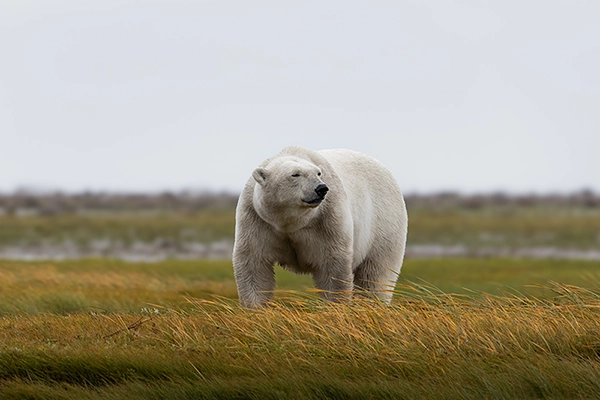
150-600mm (600mm), F10, 1/400 sec., ISO 800
Click image to view larger
Highlight unusual moments.
For a brief period, male deer proudly display their newly developed antlers cloaked in velvet, a skin layer vital for blood flow and nourishment. This transitional phase, often unseen by many, captures the essence of the annual antler growth process, a moment I sought to document, as I’d never witnessed the velvet myself. The "look back" pose of the deer, a personal favorite, symbolizes both curiosity and an imminent readiness to move.
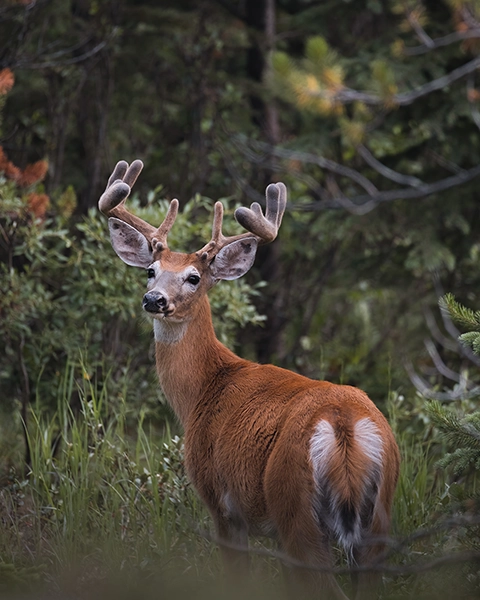
150-600mm (600mm), F6.3, 1/640 sec., ISO 2000
Click image to view larger
To see more of Seth Macey’s work, check out his website and Instagram.
Is your Tamron News subscription up to date? Click to subscribe to all editions of Tamron News featuring how-to tips, new product news, contest announcements and inspiration!
More Photo Tips | Watch Videos | Learn More About Tamron Lenses | Photo Gallery
